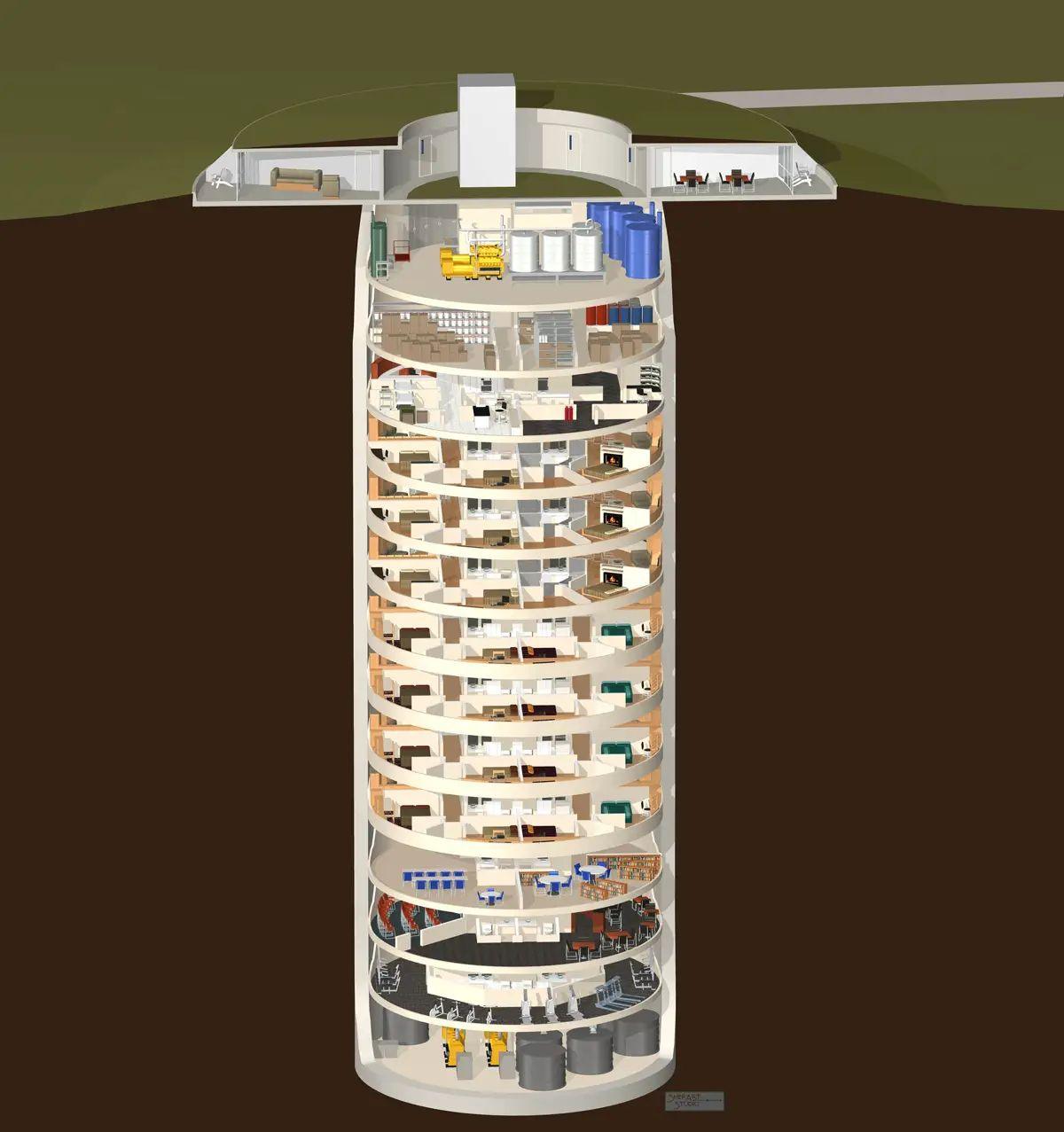The Rise of the Billionaires Bunker: A Shelter for the Wealthy

Introduction
As global uncertainties abound, the concept of a “Billionaires Bunker” is becoming increasingly relevant among the ultra-wealthy. These fortified shelters are being designed not just as luxurious retreats, but as safe havens in preparation for potential geopolitical turmoil, climate disasters, or even societal unrest. The trend reflects a broader shift in how the richest individuals perceive security and sustainability in an unpredictable world.
The Billionaires Bunker Trend
Reports indicate that the demand for private bunkers has surged in recent years. High-profile figures like Elon Musk and Jeff Bezos have been linked to such investments. These bunkers typically boast top-of-the-line security features, self-sustaining energy systems, and all the amenities one might expect from a luxury estate. They are often located in remote or underground locations to provide maximum protection.
Key Features of Billionaires Bunkers
Most billionaires’ bunkers are equipped with state-of-the-art survival kits, air filtration systems, and provisions for extended periods of isolation. For instance, some facilities are stocked with hundreds of thousands of dollars worth of food supplies and water purification systems, intended to sustain residents for several months or even years. Additionally, many bunkers are designed with advanced communication systems to ensure individuals can remain in contact with the outside world.
Global Locations and Developments
Across the globe, locations such as New Zealand, the Swiss Alps, and remote parts of the United States have become hotspots for billionaires seeking to construct or acquire these shelters. According to a recent report by the real estate firm The Maimon Group, luxury bunkers can cost anywhere from $1 million to over $3 million, depending on their specifications and locations. The popularity of these bunkers has also spurred an industry of speciality builders who cater to the wealthy’s need for privacy and protection.
Conclusion: The Future of Secure Living
The rising trend of billionaires investing in bunkers signals a deep-seated anxiety about the future of the world. As climate change, economic instability, and global conflicts continue to pose threats, the idea of self-sustainability in an elegant form is becoming increasingly appealing. This shift not only reflects the concerns of the wealthy but could also influence broader societal discussions about preparedness and resilience. For everyday readers, it poses questions about the lengths to which individuals will go to secure their safety and assets in an unpredictable world.
